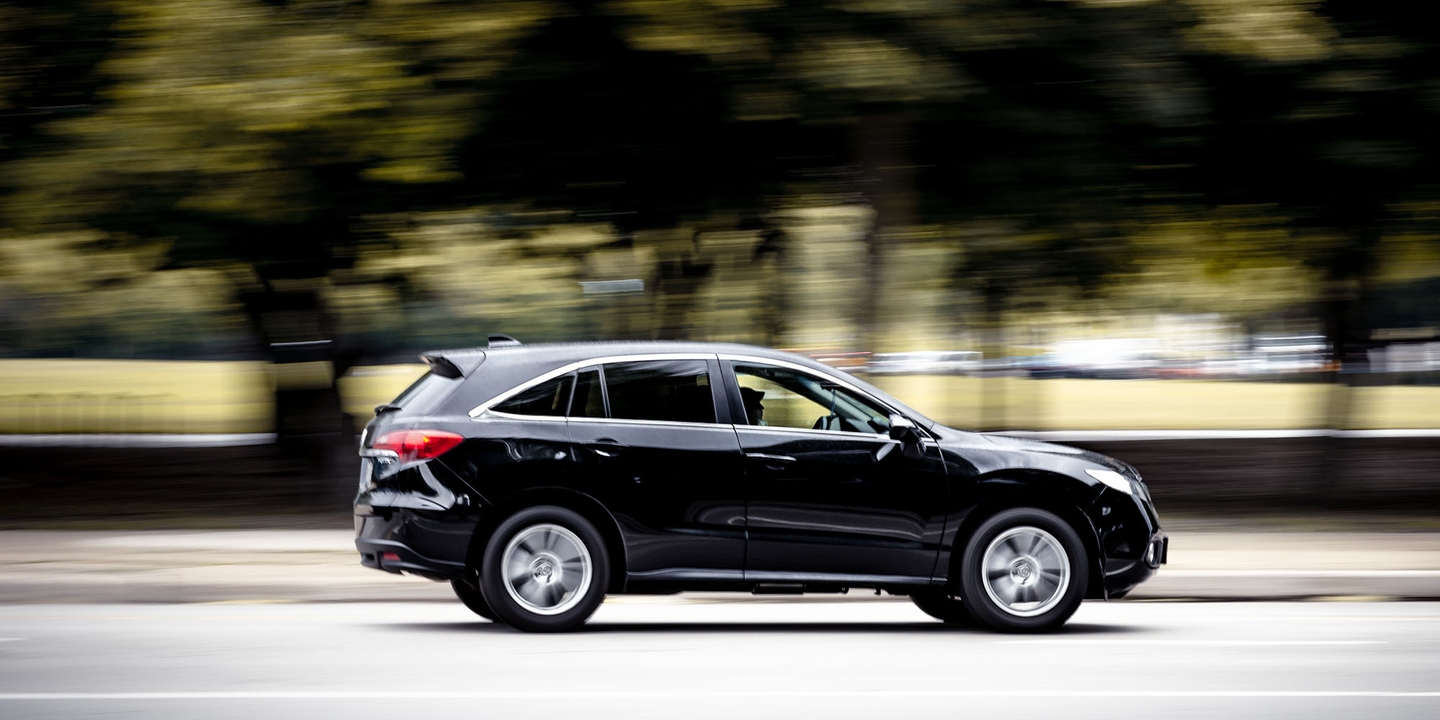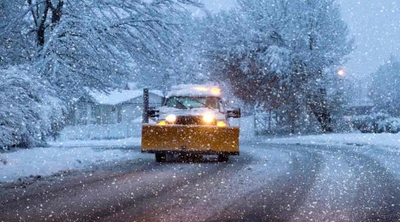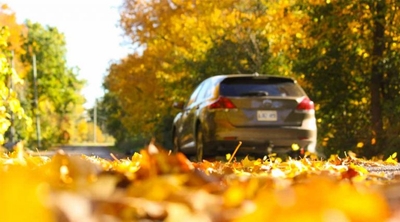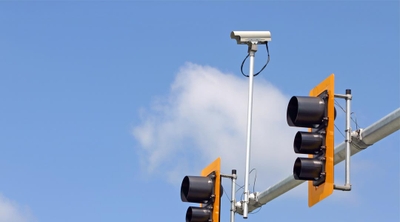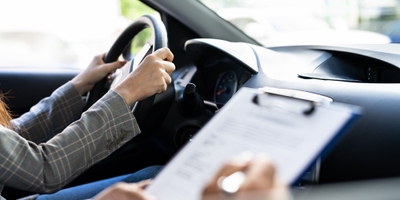Driving an SUV vs. a sedan
3 min read
SUVs now represent roughly half of the market for passenger vehicles in the United States. If you’re thinking about buying a new car, or buying a used car, there’s a good chance you might be considering an SUV. Regardless of whether you’re looking for new or used, SUVs are different from cars in a few ways, so you should know the differences before you switch vehicle types.
Differences between driving an SUV vs. sedan
The primary difference between driving a sedan and an SUV is the vehicle’s size. That one factor affects other key differences like stopping distance, visibility, blind spots, maneuverability, and crash safety. If you’re driving an SUV or other large vehicle, like a pickup truck, you should keep the vehicle’s size in mind and understand how it relates to other driving factors. SUVs can be harder to drive because they have less room to maneuver in tight spaces and are generally less agile when responding to emergencies. That’s the trade-off for increased safety when a crash does occur. Learn more about the differences between SUVs vs. sedans and trucks vs. SUVs.
Many people like SUVs because their increased height can give you a good view of the road, and their size makes you feel safe. According to the Insurance Institute for Highway Safety (IIHS), a bigger, heavier vehicle provides better crash protection than a smaller, lighter one, all else being equal. But without proper SUV driving skills and etiquette, you could be a danger to others.
Driving tips for SUVs
Practice before you hit the road
Even if you’re an experienced driver, getting used to driving a full-size SUV takes practice. Consider finding an empty parking lot and getting an accurate sense of your vehicle’s size before you spend too much time on the road. Give special attention to delicate maneuvers like parallel parking and passing where the added length is an important factor.
Learn your vehicle’s blind spots
Larger vehicles like SUVs have bigger blind spots compared to cars. Backup cameras can help with the view behind you when you reverse, but you won’t be able to use the camera while you’re driving on the road. Know your blind spots and how big they are.
Pay special attention to the front blind spot
Not all drivers are aware that there is a blind spot in front of the car. According to The Verge, SUVs can have a front blind spot three times bigger than a sedan. If you drive an SUV or RV, learn the size of your front blind spot. If you’re shopping for a brand-new SUV, consider getting a front camera if one is offered since it can help with front visibility. Regardless, walk around the front of your vehicle to check for obstacles, children, or any other hazards before you start driving.
Drive more slowly and allow more stopping distance
SUVs take longer to stop than cars because of their increased size and weight. SUVs also tend to do more damage to others when they’re in a crash. According to the Insurance Institute for Highway Safety (IIHS), between 2013 and 2016, car drivers were 28% more likely to die when a crash involved an SUV than a car. This is largely due to differences in bumper and carriage height, which can cause a car to slide beneath a SUV. Giving yourself and others enough space and time to react can help avoid serious accidents.
Be careful to avoid rollovers
According to the Insurance Institute for Highway Safety (IIHS), while SUVs have improved considerably over the decades, thanks in part to a technology called electronic stability control (ESC), they remain more likely to roll over than cars because of their higher center of gravity. Drive slowly and defensively to help reduce the need for unexpected maneuvers and be especially careful when cornering or driving in winter weather and fog. Learn more about tips for driving in the snow.
Stay calm
According to PubMed.gov, studies show that SUV drivers tend to drive more aggressively than drivers of passenger cars. Learn how to stay calm and avoid aggressive driving behaviors if you’re considering driving an SUV.
Driving tips from SUV to cars
If you’re moving to a smaller vehicle, you may find it a bit easier to drive, but there’s still plenty to keep in mind.
Drive defensively
Smaller cars usually don’t fare as well in a crash. Leave plenty of space between vehicles, signal your intentions, and adhere to safe driving habits.
Remember what it was like driving your old SUV
You know what kinds of things are difficult for drivers of large vehicles, so be courteous, give them space, and try not to do the things that would have aggravated you when you had a larger vehicle.
Take care to watch down the road
Watching for upcoming hazards is a good driving practice, but it can be harder to see far down the road when you’re in a lower vehicle.
Don’t get carried away
Going from a big SUV to a car often means moving to a more agile, responsive vehicle. Don’t let that freedom lure you into risky driving behaviors or speeding.
Whether you are driving an SUV or a car, discover these tips for what you should do after a car crash.
